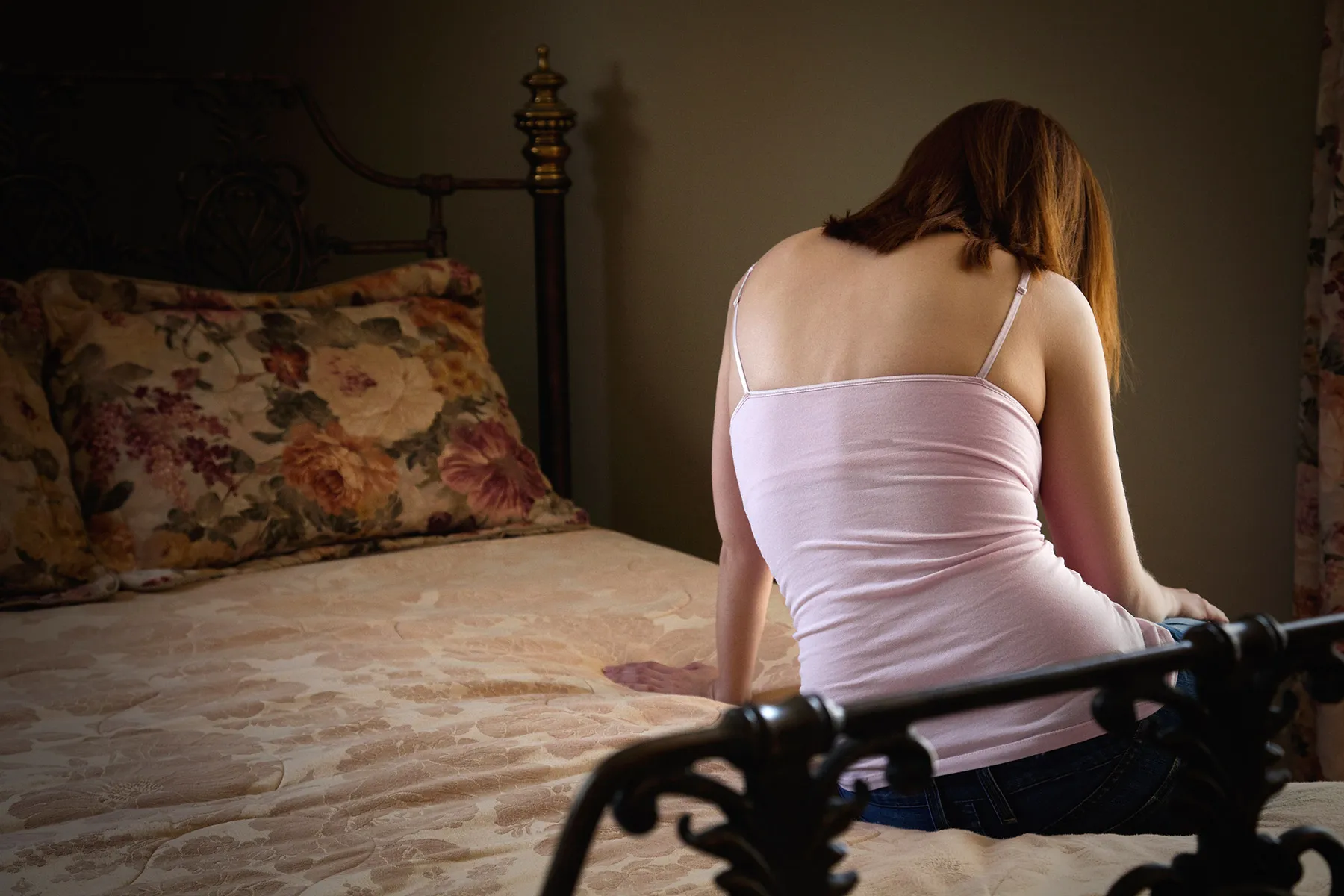Jaywalking and Black: It Cost Him $500
In California, African Americans are up to four times more likely to be ticketed for jaywalking than white people. A new state bill proposes to scrap jaywalking laws on the grounds that they victimize pedestrians in neighborhoods that lack adequate crossings, lighting and sidewalks.

Richard Milton walked out of his medical appointment in Culver City, Ca., into the noon sun. He needed to get back to the garage space he calls home.
Black, 66, and a proud Army veteran, Milton has struggled with homelessness for years. “The garage is my sanctuary,” he said. “I have privacy there.”
Milton looked both ways before crossing the street midblock. He was almost to the bus stop when a police car slowed, lights flashing. Two officers wrote him up for jaywalking – a $198 citation that quickly rose to more than $500 thanks to late fees (called civil assessments), assessed after he couldn’t pay.
“It was embarrassing to be stopped in public and treated like I had just committed a serious crime,” he said.
His experience encapsulates why a growing coalition is supporting the Freedom to Walk Act, Assembly Bill 1238, which would repeal California’s jaywalking laws. Authored by state Assemblymember Phil Ting, a Democrat representing San Francisco, the bill would make it legal to cross the street as Milton did, like so many of us do: in a commonsense, safe way.
Slapping people with fines for ordinary and logical behavior does not make our streets safer. In fact, it does more harm than good.
The term “jaywalking” has a telling history. In the early 20th century, “jay” was common slang for a hick or rube. The term “jaydriver” referred to people who drove their horse and buggy on the wrong side of the road. When automobiles began to dominate streets, pedestrian deaths spiked, and the term “jaywalking” was coined by car clubs and manufacturers in the 1930s to shift the blame for accidents from drivers to pedestrians.
Today, jaywalking is something nearly everyone does, but few are ticketed. The color of your skin and where you live are the best predictors of whether you’ll be so lucky, according to a report by the Lawyers Committee for Civil Rights of the Bay Area.
In Los Angeles, Black people constitute 9 percent of the population but receive 31 percent of jaywalking citations, according to data from the California Racial Identity and Profiling Act analyzed by the California Bicycle Coalition.
Throughout the state, Black people are up to four times more likely to be ticketed for jaywalking than white people.
Not only do police have a generally heavier presence in Black communities, law enforcement can use jaywalking as a pretext to stop people who somehow arouse suspicion.
Poorer, Blacker and browner neighborhoods are more likely to be crisscrossed by dangerous roads that lack adequate crossings, lighting and sidewalks. Most people would be more likely to cross midblock if it’s a quarter-mile walk to the next legal crossing.
“Jaywalking laws go largely unenforced in affluent communities throughout the state, where people walk freely without consequence,” said Rio Scharf, an attorney with Lawyers Committee for Civil Rights of the Bay Area, a sponsor of the bill. “But in the communities we serve, they’re a cause of discriminatory police stops and significant court debt.”
The discrepancy hits those least able to afford it with heavy fines and fees. In some California counties, the inability to pay fines or missing a court date are grounds for arrest. What sense does it make to pile hundreds of dollars of costs on people like Milton for safely walking to a bus stop?
It’s not that pedestrian safety is unimportant. California’s pedestrian fatality rate is almost 25 percent higher than the national average, according to the California Office of Traffic Safety.
But we can’t ticket our way to safer streets. The focus should be on designing smart streetscapes that are people-centric, not car-centric.
Roadways should have sufficient sidewalks, multiple functional streetlights and abundant safe street crossings. Crosswalks should be broadened, better illuminated and timed to give walkers more time to cross the street.
Let’s make cars slow down. Install speed bumps. Ban right turns at red lights, which increases pedestrian crashes by 60 percent.
Opponents say jaywalking laws protect pedestrians. But California pedestrian organizations are the bill’s biggest supporters.
“It’s time we stop blaming pedestrians for trying to navigate streets that all too often prioritize cars and fast traffic,” said John Yi, executive director of LA Walks.
Virginia recently became the first state to decriminalize jaywalking and the New York attorney general has recommended the same.
Now it’s time for California to reform this unfair situation. The next stop for AB 1238 is the Senate Committee on Transportation. I hope the committee hears from people like Milton.
“The jaywalking law didn’t make me safe,” he said. “It punished me for doing something I knew was safe.”
Anne Stuhldreher directs The Financial Justice Project in the treasurer’s office of the city and county of San Francisco and is a fellow with the Aspen Institute’s Financial Security Program, Overcharged2021@gmail.com. This essay originally appeared in CalMatters and is reproduced with permission

 Landwebs
Landwebs 

















/cdn.vox-cdn.com/uploads/chorus_asset/file/24430706/elon_musk_twitter_for_you.png)




